Sunday March 23, 2014, at a little after 8 am, the gates at Morelos Dam on the Mexico-Arizona border were opened for the first time in history for the purpose of allowing the Colorado River to flow downstream into its delta to water the plants and animals that live there. A crowd of more than 100, many from the local community, plus a handful of reporters and water workers from afar, waited just downstream.
A cheer went up when the water began to pour down, first in a trickle, and then a steady gushing flow. It took a long time for the institutions that manage the Colorado River to make this happen. Now we have the chance to see how long it takes the river to move downstream, and how far it goes. (See “Historic ‘Pulse Flow’ Brings Water to Parched Colorado River Delta.”)
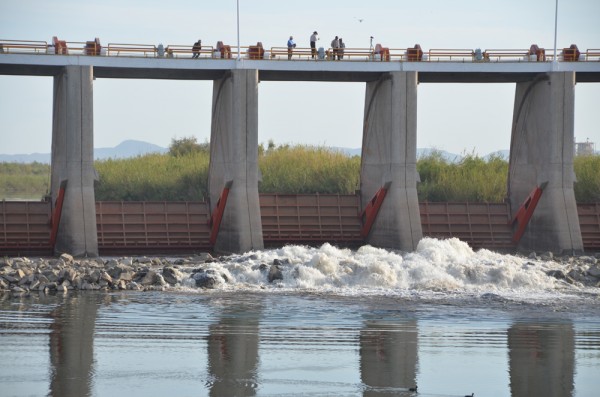 Later in the day, after some excellent adobada tacos, a few of us drove downriver to look for the front of the flow. We found it about 18 river miles below the dam, cool and clear. A lot of the flow is soaking into the parched, sandy channel, and downstream progress is slow but steady. The water was cool and clear.
Later in the day, after some excellent adobada tacos, a few of us drove downriver to look for the front of the flow. We found it about 18 river miles below the dam, cool and clear. A lot of the flow is soaking into the parched, sandy channel, and downstream progress is slow but steady. The water was cool and clear.
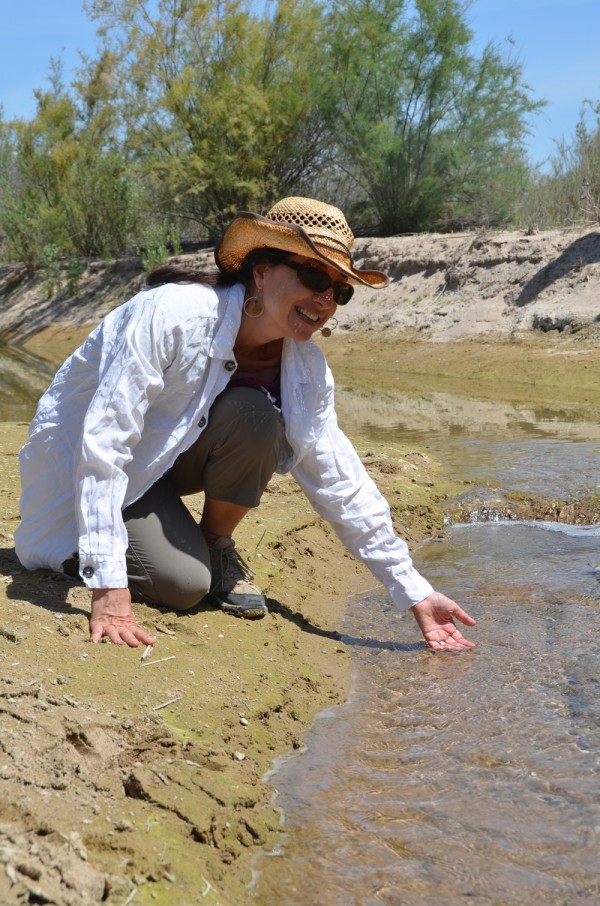 That water we found was remarkable, because the riverbed is usually dry. The river hasn’t flowed regularly here since 1960.
That water we found was remarkable, because the riverbed is usually dry. The river hasn’t flowed regularly here since 1960.
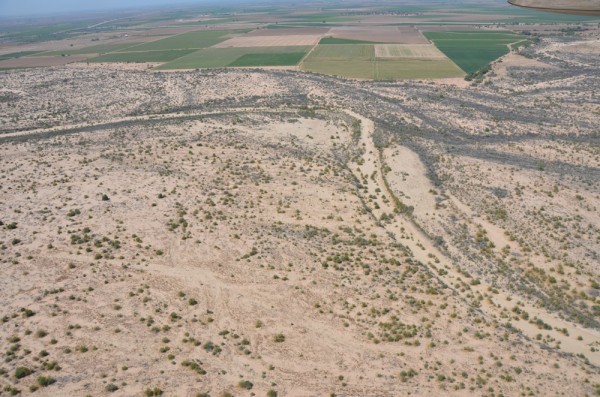 Today, I was fortunate to hitch a ride on a Lighthawk mission flight over the river. There is typically a small amount of water in the channel here due to the high groundwater table, but it doesn’t flow, it just sits there. Today it was looking like a river.
Today, I was fortunate to hitch a ride on a Lighthawk mission flight over the river. There is typically a small amount of water in the channel here due to the high groundwater table, but it doesn’t flow, it just sits there. Today it was looking like a river.
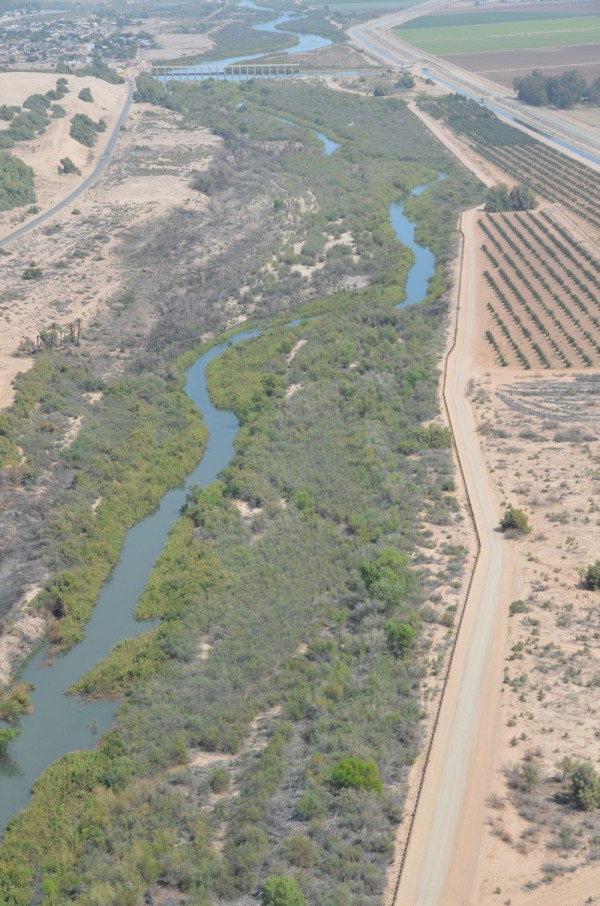 Farther downstream the river was finding its meanders and backwaters, sating a landscape that has long been water-starved.
Farther downstream the river was finding its meanders and backwaters, sating a landscape that has long been water-starved.
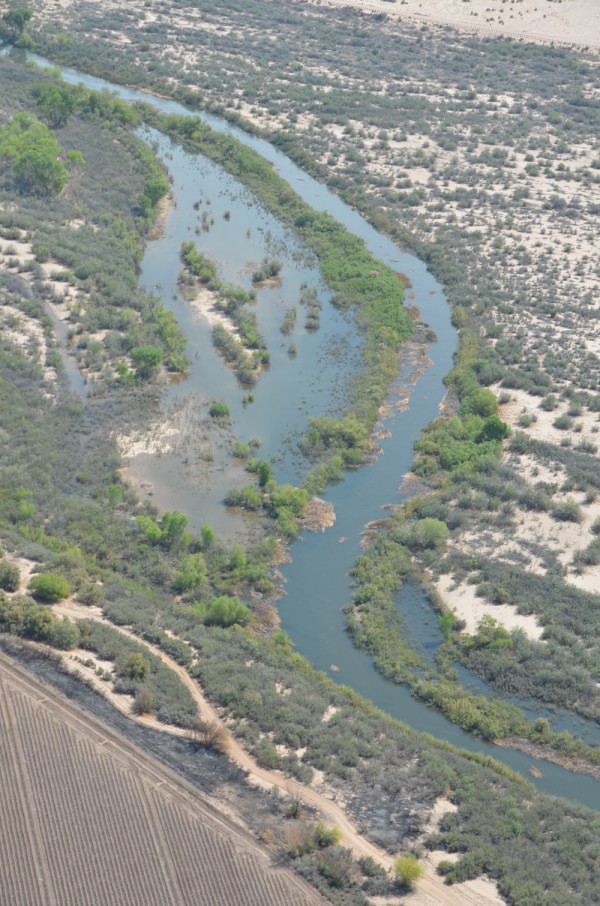 At about noon, we saw the river’s front, approximately 20 river miles downstream from the dam. The water has to advance a few more miles before it reaches San Luis Rio Colorado, a small city that straddles the river about 24 river miles downstream from the dam. Imagine living in a city named after a river that has disappeared!
At about noon, we saw the river’s front, approximately 20 river miles downstream from the dam. The water has to advance a few more miles before it reaches San Luis Rio Colorado, a small city that straddles the river about 24 river miles downstream from the dam. Imagine living in a city named after a river that has disappeared!
Someone held a riverbed cleanup there yesterday, and I’ve heard reports that locals have been coming down to the dry channel all day, wondering when the water will arrive. I think it will be there soon!
Source: http://voices.nationalgeographic.com/
Dear User/Visitor! Please, answer on our questions: tick off one of the positions – your answer will make us able to improve our site and make it more interesting and useful!

